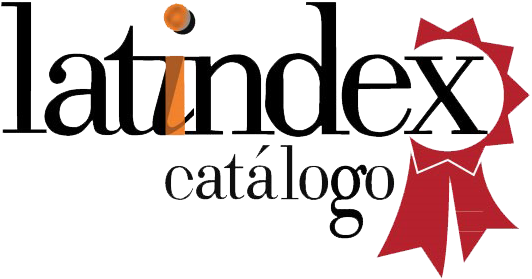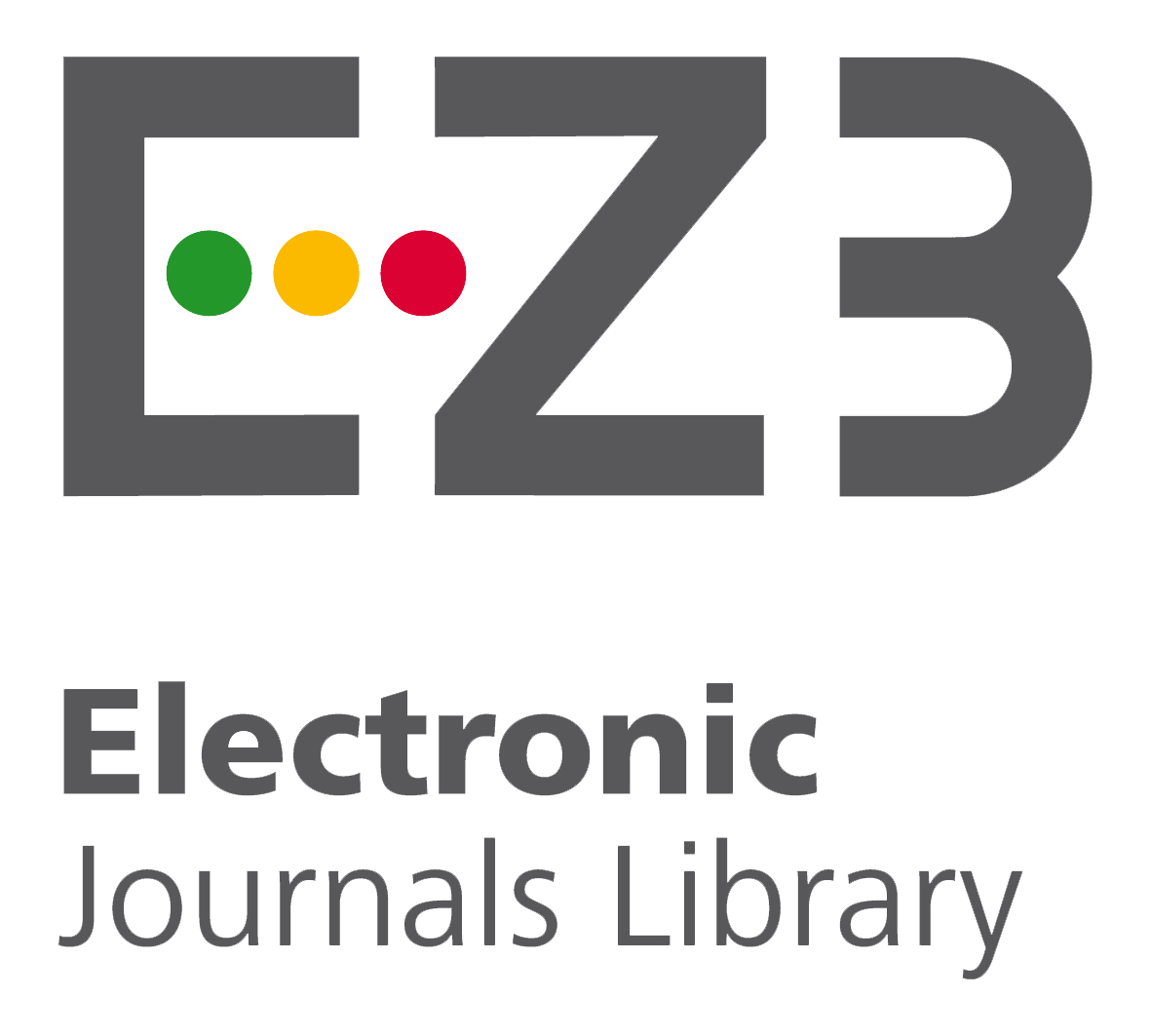Effect of microorganisms in the cultivation of Capsicum annuum L. under plastic mulch (Original).
Keywords:
microorganisms; trichoderma; beauveria bassiana; bell pepperAbstract
Microorganisms such as Trichoderma and Beaveria bassiana have the ability to mitigate pathogen problems in different crops. However, the application of these microorganisms as enhancers in the development of bell pepper plants to increase their production and yield is limited in their documentation. Therefore, the objective of this research was to evaluate the effect that microorganisms have on the Yolo Wonder variety bell pepper crop: T0 (control); T1 (Trichoderma); T2 (Beauveria); T3 (trichoderma-beauveria), and 3 replications giving for each experimental unit 18 sample units, giving a total of 216 bell pepper plants for the whole experimental design. The use of these microorganisms in the cultivation of bell pepper, could indicate us that the use of Trichoderma influenced in a positive way in the vegetative development: plant height (58,28 cm), stem shaft (12,18 mm), aerial weight of the plant in fresh (210,49 g), aerial weight of the plant in dry (51,92 g), root length (23,13 cm), weight of the root in fresh (19,55 g), weight of the root in dry (5,9 g), and productive: fruit number (3.91); fruit weight (124.52 g), fruit length (10.25 cm), fruit diameter (9.65 cm), pericarp thickness (6.05 mm) and ° BRIX (4.13 brix), compared to the other treatments indicated.
Downloads
References
Baños, Y., Concepción, A., Lazo, R., González, I., & Morejón, L. (2010). Efecto de enmiendas orgánicas y Trichoderma spp. en el manejo de Meloidogyne spp. Revista Brasileira de Agroecologia, 5(2), 224-233. https://orgprints.org/id/eprint/24512/1/Ba%C3%B1os_Efecto.pdf
Beltrán, M., & Bernal, A. (2022). Biofertilizantes: alternativa biotecnológica para los agroecosistemas. Revista Mutis, 12(1). https://doi.org/10.21789/22561498.1771
Bezemer, T. M., & van Dam, N. M. (2005). Linking aboveground and belowground interactions via induced plant defenses. Trends in ecology & evolution, 20(11), 617-624. https://doi.org/10.1016/j.tree.2005.08.006
Cabrera, G., & Tapuy, M. (2021). Evaluación de tres dosis de micorrizas en el cultivo de pimiento (Capsicum annuum) en el cantón la Maná [Universidad Técnica de Cotopaxi]. https://repositorio.utc.edu.ec/bitstream/27000/7296/1/UTC-PIM-000307.pdf
Chávez, I., Zelaya, L., Iván, C., Cruz, C., Rojas, E., Ruíz, S., & De Los Santos, S. (2020). Consideraciones sobre el uso de biofertilizantes como alternativa agro-biotecnológica sostenible para la seguridad alimentaria en México. Revista Mexicana Ciencias Agrícolas, 11(6), 1423-1436. https://www.scielo.org.mx/pdf/remexca/v11n6/2007-0934-remexca-11-06-1423.pdf
FAOSTAT. (2020). FAOSTAT. https://www.fao.org/faostat/es/#country/58
Fuhrman, J. A. (2009). Microbial community structure and its functional implications. Nature, 459(7244), 193-199. https://doi.org/10.1038/nature08058
Gómez, R., Morales, M., Alvarado, F., & Wu, S. (2012). La agricultura orgánica: los beneficios de un sistema de producción sostenible [Universidad del Pacífico]. https://repositorio.up.edu.pe/bitstream/handle/11354/421/DD1214.pdf?sequence=1&isAllowed=y
Hinsinger, P., Bravin, M. N., Devau, N., Gérard, F., Le Cadre, E., & Jaillard, B. (2008). K-3 Soil-Root-Microbe Interactions in the Rhizosphere-A Key to Understanding and Predicting Nutrient Bioavailability to Plants. 5th International Symposium ISMOM. https://www.scielo.cl/scielo.php?script=sci_arttext&pid=S0718-27912008000400008
Jiménez, C., Sanabria, N., Altuna, G., & Alcano, M. (2011). Efecto de Trichoderma harzianum (Rifai) sobre el crecimiento de plantas de tomate (Lycopersicon esculentum L.). Revista de la Facultad de Agronomía, 28, 1-10. https://www.revfacagronluz.org.ve/PDF/enero_marzo2011/v28n1a20111101.pdf
Luna-Romero, A., Ramírez, I., Sánchez, C., Conde, J., Agurto, L., & Villaseñor, D. (2018). Spatio-temporal distribution of precipitation in the Jubones river basin, Ecuador: 1975-2013. Scientia Agropecuaria, 9(1), 63-70. https://doi.org/10.17268/sci.agropecu.2018.01.07
Martínez, J., Ojeda, F., Yepes, I., & Jácome, I. (1989). Formas de secado en la determinación de la materia seca en el Pennisetum purpureum cv. Taiwan A-144. I. por ciento de materia seca. Pastos y Forrajes, 12(1), 59. file:///C:/Users/Usuario/Downloads/1348-1-1705-1-10-20120528.pdf
Merchán, J., Ferrucho, R., & Álvarez, J. (2014). Efecto de dos cepas de Trichoderma en el control de Botrytis cinerea y la calidad del fruto en fresa (Fragaria sp.). Revista Colombiana de Ciencias Horticolas, 8(1), 44-56. http://www.scielo.org.co/pdf/rcch/v8n1/v8n1a05.pdf
Patiño, C., & Sanclemente, O. (2014). Los microorganismos solubilizadores de fósforo (MSF): una alternativa biotecnológica para una agricultura sostenible. Ciencias Agrícolas, 10(2), 288-297. http://www.scielo.org.co/pdf/entra/v10n2/v10n2a18.pdf
Romero, W., Jaramillo, E., & Luna, Á. (2022). Evaluación morfológica del pimiento (capsicum annun l.) bajo diferentes coberturas vegetales muertas, Ecuador. Revista Científica Agroecosistemas, 10(3), 134-142. https://aes.ucf.edu.cu/index.php/aes
Rosabal, L., Macías, P., Maza, M., López, R., & Guevara, F. (2021). Microorganismos del suelo y sus usos potenciales en la agricultura frente al escenario del cambio climático. Magna Scientia Uceva, 1(1), 104-117. https://doi.org/10.54502/msuceva.v1n1a14
Schirawski, J., & Perlin, M. H. (2018). Plant–Microbe Interaction 2017—The Good, the Bad and the Diverse. International Journal of Molecular Sciences, 19(5). https://doi.org/10.3390/ijms19051374
Singh, B. K., Bardgett, R. D., Smith, P., & Reay, D. S. (2010). Microorganisms and climate change: terrestrial feedbacks and mitigation options. Nature Reviews Microbiology, 8(11), 779-790. https://doi.org/10.1038/nrmicro2439
Villaseñor, D., Chabla, J., & Luna, E. (2015). Caracterización física y clasificación taxonómica de algunos suelos dedicados a la actividad agrícola de la provincia de El Oro. Cumbres, 1(2), 28-34. https://investigacion.utmachala.edu.ec/revistas/index.php/Cumbres/article/view/15/13
Viracocha, P. (2023). Control de la tristeza del pimiento (Phytophthora capsici) con (Trichoderma harzianum) en el cultivo de pimentón (Capsicum annuum L.) en la comunidad de Huerta Grande [Universidad Mayor de San Andrés]. http://repositorio.umsa.bo/xmlui/handle/123456789/32759
Published
Issue
Section
License
Copyright (c) 2024 Roca. Scientific-educational publication of Granma province.

This work is licensed under a Creative Commons Attribution-NonCommercial-ShareAlike 4.0 International License.









































